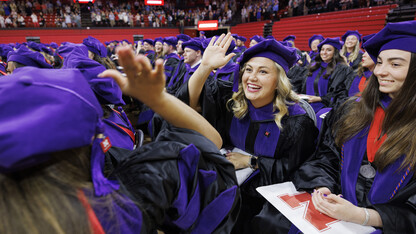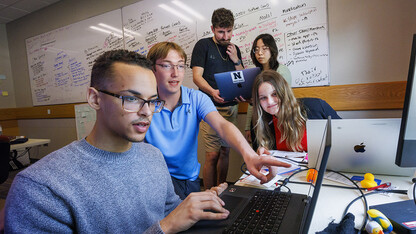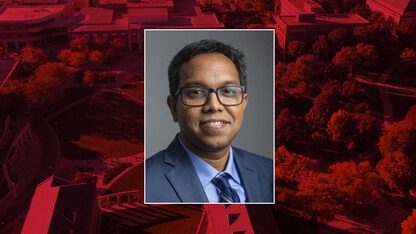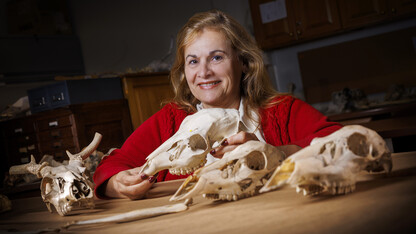· 3 min read
Abrica examines STEM pathways in community college
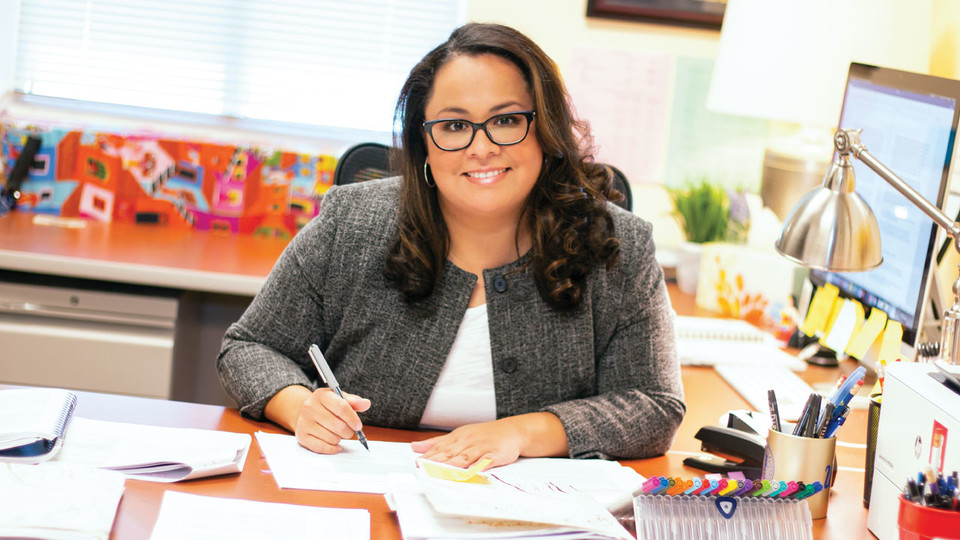
Demand continues for a strong workforce in science, technology, engineering and mathematics fields. Open-access institutions, including community colleges, play a crucial role in developing this workforce.
Elvira Abrica, assistant professor of educational leadership and higher education at the University of Nebraska–Lincoln, is examining institutional factors within community colleges that affect students’ ability to successfully transfer to four-year institutions in STEM fields, and the factors at four-year schools that shape bachelor’s degree completion among students who began at community colleges.
“If we’re interested in increasing the number of STEM bachelor’s degrees to maintain our global economic standing, it’s important to look at community colleges,” she said.
Preliminary findings show that while student ability, motivation and institutional contexts contribute to student success, math proficiency is the key.
“Math is what everything else hinges on,” Abrica. “Prior research shows that being successful in STEM as a transfer student comes from being able to get past low-level math courses.”
For the research, Abrica is using national, longitudinal data from the National Center for Education Statistics, which provides information about college student outcomes and higher education institutions. She is also examining students’ college transcript data to better understand math-taking patterns and their relationships to institutional factors.
Abrica is particularly interested in the factors that promote successful STEM transfer for ethnic minority student populations.
Students of color are disproportionately enrolled in low-level math courses, creating further limits to STEM access, and higher education cannot function effectively, she said, if large economic and racial gaps persist within student populations.
“You can’t have post-secondary institutions completely comprised of student bodies that don’t reflect the surrounding demographic context,” she said. “It’s just common sense that the scales cannot be tipped so heavily.”
Abrica hopes to look at similar factors and patterns to explore STEM success by specific fields — engineering, math and physics — and by student ethnic populations. She plans to pursue federal funding to more closely examine community college-level STEM success.
“Ensuring the nation’s economic prosperity and meeting the needs of our technologically driven economy depends on embracing the nation’s diverse demographics and meaningful inclusion in STEM,” Abrica said.
Funded by a Layman Award from the Office of Research and Economic Development, Abrica has enlisted help from Natalie Koziol, research assistant professor at the Nebraska Center for Research on Children, Youth, Families and Schools, and Deryl Hatch-Tocaimaza, assistant professor of educational administration, along with several graduate and undergraduate research assistants.
